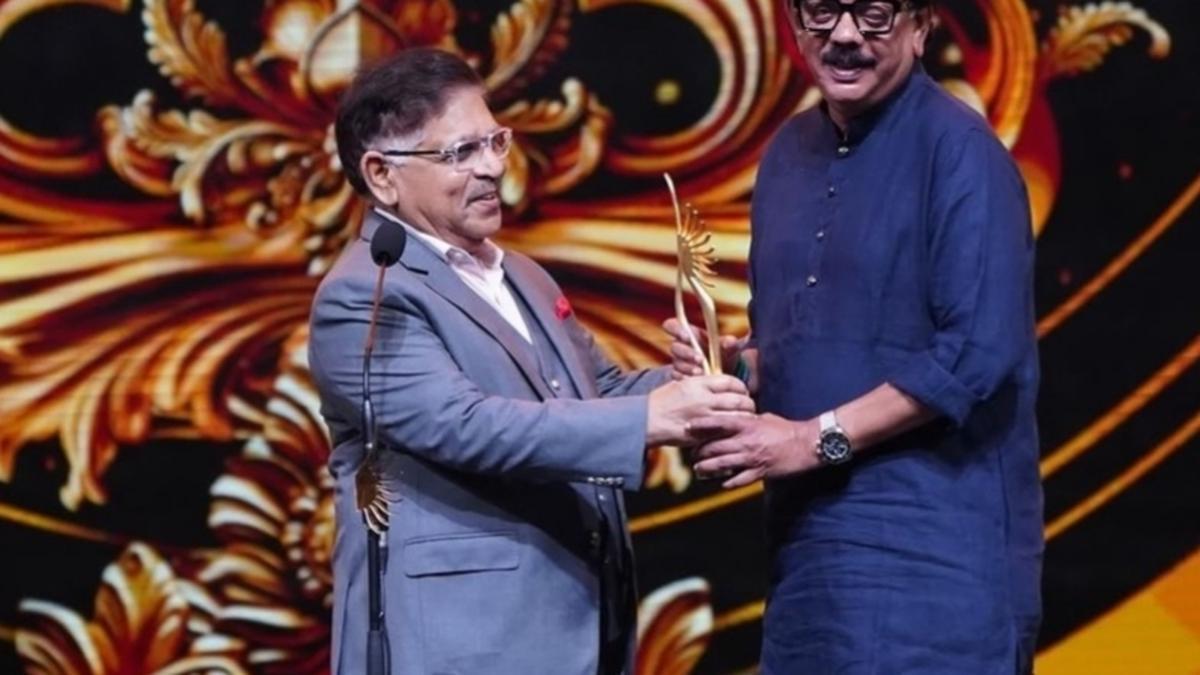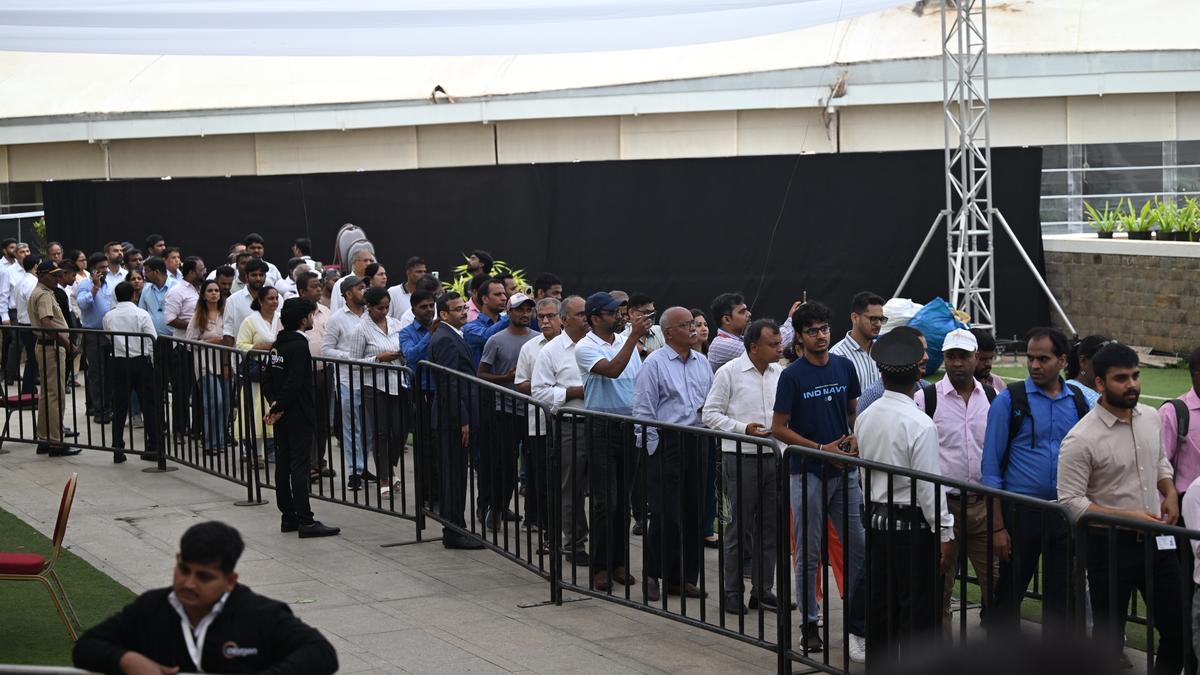
The world of political satire finds itself at a crossroads as it attempts to grapple with figures who defy traditional boundaries of ridicule. Nowhere is this more apparent than in the portrayal of former U.S. President Donald Trump, a figure whose larger-than-life persona has frequently left satirists in a quandary. The recent biopic helmed by director Ali Abbasi, featuring Sebastian Stan, endeavors to deliver a no-holds-barred portrayal of Trump’s early years as a real estate mogul through the lens of The Apprentice. This effort, while receiving a standing ovation at the Cannes Film Festival, seems to have rattled Trump enough to prompt a flurry of legal threats.
The narrative of Trump’s life and career has long been fertile ground for parody, yet it raises an underlying question: Is satire even capable of cutting through the layers of absurdity that Trump himself has layered over his public persona? Over the years, Trump’s actions—marked by a mix of bravado, controversy, and reality TV theatrics—present a conundrum for comedic critique. As a man who appears to exist as a living satire, Trump challenges the very essence of what political parody aims to achieve.
Satire traditionally functions as a tool to critique power by exposing its absurdities, holding up a mirror to those in authority. Yet, Trump’s tenure in the spotlight suggests that satire often feels inadequate, not due to a lack of incisiveness, but because reality itself has become increasingly bizarre. Trump’s method of operating—frequently throwing norms into chaos—renders traditional satire’s schema of absurdity near redundant.
In examining the landscape of contemporary American satire, we find a dwindling ability to pierce the domain of figures like Trump. The likes of Jon Stewart and Stephen Colbert, who brilliantly critiqued administrations from Bush to Obama with sharp-tongued irony, struggled to apply the same level of effectiveness to Trump’s chaotic approach. Trump’s adaptability, and inherent self-parody, blunts the tools of satire designed to confront him. No longer shackled by preconceived expectations of political decorum, Trump’s actions blur the lines between reality and parody, leaving traditional skits seeming redundant.
Take, for instance, the work of filmmaker Adam McKay, whose satirical films such as “Don’t Look Up” and “Vice” faced criticism for their overt messaging.
. In a landscape where sheer absurdity reigns, nuance risks being overshadowed by the blaring sirens of reality itself. Trump’s spontaneous, often audacious, public communication—ranging from his infamously mystifying tweets like “covfefe” to derogatory nicknames for political adversaries—outpaced any comedian’s parody efforts, making them seem unnecessary at times. In fact, Saturday Night Live, finding their usual parody tactics ineffective, resorted to reenacting Trump’s speeches almost verbatim.
This raises a pertinent issue for satirists in the Trump era: Can one effectively mock someone whose life has become its own satire? With each passing day, Trump’s tenure stood as a testament to the conflict between satire and reality, often leaving the former toothless in the face of a figure whose self-parody exceeds fiction itself.
The domain of American cinema and television encapsulates this struggle. Where once satirical films and mockumentaries set a high benchmark for political commentary, today they scamper to catch up with the hyperreal occurrences in Trump’s orbit. The character sketches, like Alec Baldwin’s impersonation of Trump on SNL, while initially lauded, gradually lost their sting as Trump’s behavior overshadowed the parody itself. Trump not only endured these portrayals but capitalized on them, frequently using them as fodder for his narrative of victimization by media entities.
Beyond American borders, the scenario isn’t much different. In Indian cinema, political satire has long played second fiddle to narratives that indulge in hero-worship. Here, the culture leans toward a reverence for political figures, creating an environment where satire risks controversy or censure. Unlike Trump, who crafted a self-parody narrative that entrapped his caricaturists, Indian political figures tend to be enshrined in mythology resistant to comedic penetration.
As “The Apprentice” rolls onto global screens, this ongoing dialogue prompts reflection on satire’s role when facing enigmatic lives like Trump’s. Despite his penchant for shrugging off criticism, the persistence of satirical efforts underscores a pursuit to navigate this confounding terrain. Ultimately, Trump’s adeptness at redefining the boundaries of his own satire highlights a central conundrum for satirists: How can one effectively wield parody in a world where the subjects themselves flirt so dangerously with the concept? For Trump and the culture around him, maybe the greatest irony lies in how little satire can actually achieve against a backdrop of significant chaos and spectacle.










